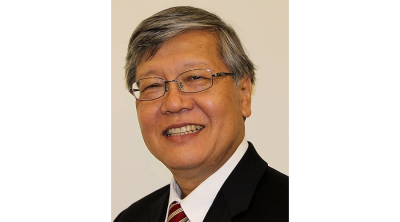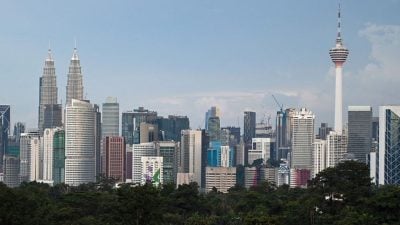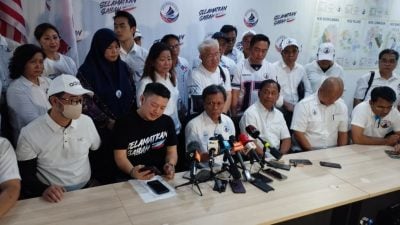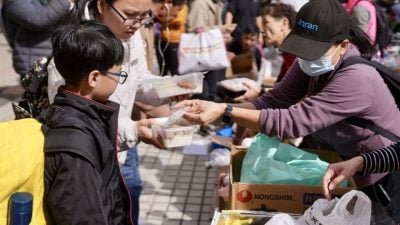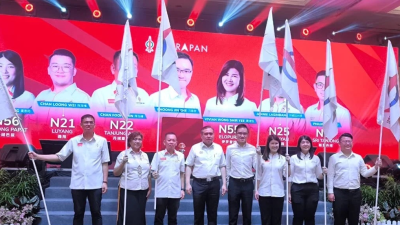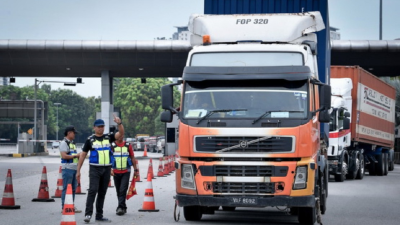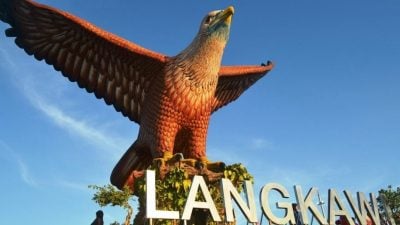
Timor-Leste is often framed as Southeast Asia’s youngest and most fragile democracy. Yet behind that oft-repeated narrative lies a far richer and more complex story; one in which the Chinese community, both past and present, plays a significant yet often overlooked role.
From the long-standing presence of Timorese Chinese families to the recent influx of Chinese state and corporate actors, the story of China in Timor-Leste is a study in contrast: a tale of diasporic belonging and economic ambition, of cultural integration and geopolitical calculation.
It is also a window into how small nations like Timor-Leste navigate old relationships and new pressures in an increasingly competitive world.
Timorese-Chinese: An indigenous diaspora
The Chinese community in Timor-Leste is not new. Their roots date back to centuries ago, when Hakka and Cantonese migrants mainly from southern China arrived during the Portuguese colonial period.
Many settled in Dili and other coastal towns, establishing businesses, integrating with local life, and gradually forming a unique sub-community.
Over generations, they became deeply embedded in Timorese society, contributing to commerce, education, and civic life.
Despite being a small minority, Timorese-Chinese lived through and bore witness to some of the country’s most traumatic historical episodes.
During the Indonesian occupation, many Chinese families faced suspicion, forced displacement, and at times violent repression.
In 1999, when the independence referendum triggered a wave of militia violence, Timorese-Chinese properties and shops were among those looted or destroyed.
Yet many stayed. Others returned. Their resilience and enduring ties to the land challenge any simplistic view of them as “foreign.”
Timorese Chinese are not outsiders; they are part of the country’s historical and cultural fabric.
A new wave: China in post-independence Timor-Leste
But today, a different kind of Chinese presence is shaping Timor-Leste and this one comes with a different set of questions.
Since independence in 2002, China has emerged as one of Timor-Leste’s most visible development partners.
Beijing was quick to recognize the new state and soon became a major funder of infrastructure projects.
China built the presidential palace in Dili, as well as government offices. Chinese contractors now work across the country, from roads and bridges to telecommunications.
This wave is not limited to state-sponsored diplomacy.
Chinese state-owned enterprises (SOEs) and private businesses have steadily expanded their footprint. Chinese supermarkets, restaurants, and construction firms have mushroomed in Dili.
Mandarin-language signs are no longer rare. New Chinese migrants, many without deep local roots are entering and operating in key economic sectors, from retail to logistics to mining.
For a country in need of investment and infrastructure, this influx has been welcomed by some as necessary, even strategic.
But it has also triggered anxieties among Timorese locals and within the older Chinese-Timorese community about identity, sovereignty, and the future of the nation.
Between belonging and unease
There is a clear and often unspoken tension between the long-established Timorese-Chinese and the newer wave of migrants and investors.
While the former see themselves as part of Timor-Leste’s national story, the latter are often seen as transitory, profit-driven, and aligned with external geopolitical interests.
This distinction matters. In a small country like Timor-Leste, where questions of national identity and sovereignty are deeply intertwined with the trauma of colonization and occupation, the arrival of any large foreign actor particularly one as powerful as China inevitably raises red flags.
Local complaints about business practices, labor conditions, or land use linked to new Chinese enterprises have occasionally surfaced, though often remain underreported.
At the same time, the sheer scale of Chinese-backed infrastructure has reshaped Dili’s urban landscape, sometimes without adequate consultation or community engagement.
For many Timorese, the new Chinese presence is both a symbol of promise and a source of unease. It promises roads and buildings, but at what cost to autonomy and transparency?
The geopolitical shadow
We must also situate these dynamics within the broader geopolitical context.
Timor-Leste lies at a strategic crossroads between Southeast Asia and the Pacific, near key shipping lanes and just a few hundred kilometers from Australia. This makes it a focal point in the growing contest between China and Western powers for influence.
Beijing’s outreach to Timor-Leste is part of a larger regional strategy that includes aid diplomacy, infrastructure financing, and political ties.
Dili, in turn, has adeptly courted multiple suitors including Australia, the United States, Indonesia, Japan, and China seeking to avoid dependency on any one power.
But the asymmetry remains. When a nation of 1.3 million engages with a “superpower” like China, the balance of power is inevitably skewed.
Loans become leverage. Infrastructure becomes influence. What begins as “development assistance” can end as political dependency.
Timor-Leste’s leaders are not naïve. They have thus far balanced their engagements with caution. But without robust public debate and institutional safeguards, the risks of capture on economic, political, and informational remain real.
Rethinking Chinese presence
To be clear, this is not a call to reject Chinese involvement. China, like any other actor, has a role to play in Timor-Leste’s development. But the nature of that involvement must be questioned, debated, and shaped by the Timorese people not imposed by elites or foreign contractors.
The older Timorese-Chinese community can offer valuable lessons here. Their history of adaptation, local engagement, and integration contrasts with the more transactional approach of many newer entrants.
Perhaps a more inclusive and rooted model of diaspora participation is possible, one that respects local sovereignty while maintaining transnational ties.
What kind of friend?
The core question we must ask is not “should China be in Timor-Leste?” but rather: what kind of presence, and on whose terms?
Timor-Leste is at a critical juncture. As it prepares to join ASEAN, it faces the dual challenge of securing development while defending sovereignty.
Its experience with Chinese engagement past and present offers a cautionary tale for other small nations in the region.
For Malaysians and other ASEAN citizens, this is also an invitation to reflect on our own role.
Will we watch from a distance as powerful actors shape our newest member state? Or will we engage with Timor-Leste as a partner not just in politics, but in people-to-people solidarity?
As Timor-Leste navigates its place in the region, it needs friends who will ask the hard questions, not just cut the next ribbon.
The Chinese presence both old and new should prompt us to rethink what genuine regional partnership means in a world of rising inequalities and shifting powers.
Because the story of Timor-Leste is no longer just about Timor-Leste. It is about all of us.
(Khoo Ying Hooi, PhD, is an Associate Professor of International Relations and Human Rights at Universiti Malaya. Her work spans human rights research, diplomacy, and policy engagement across ASEAN and Timor-Leste, along with active contributions in editorial and advisory capacities.)
ADVERTISEMENT
ADVERTISEMENT










